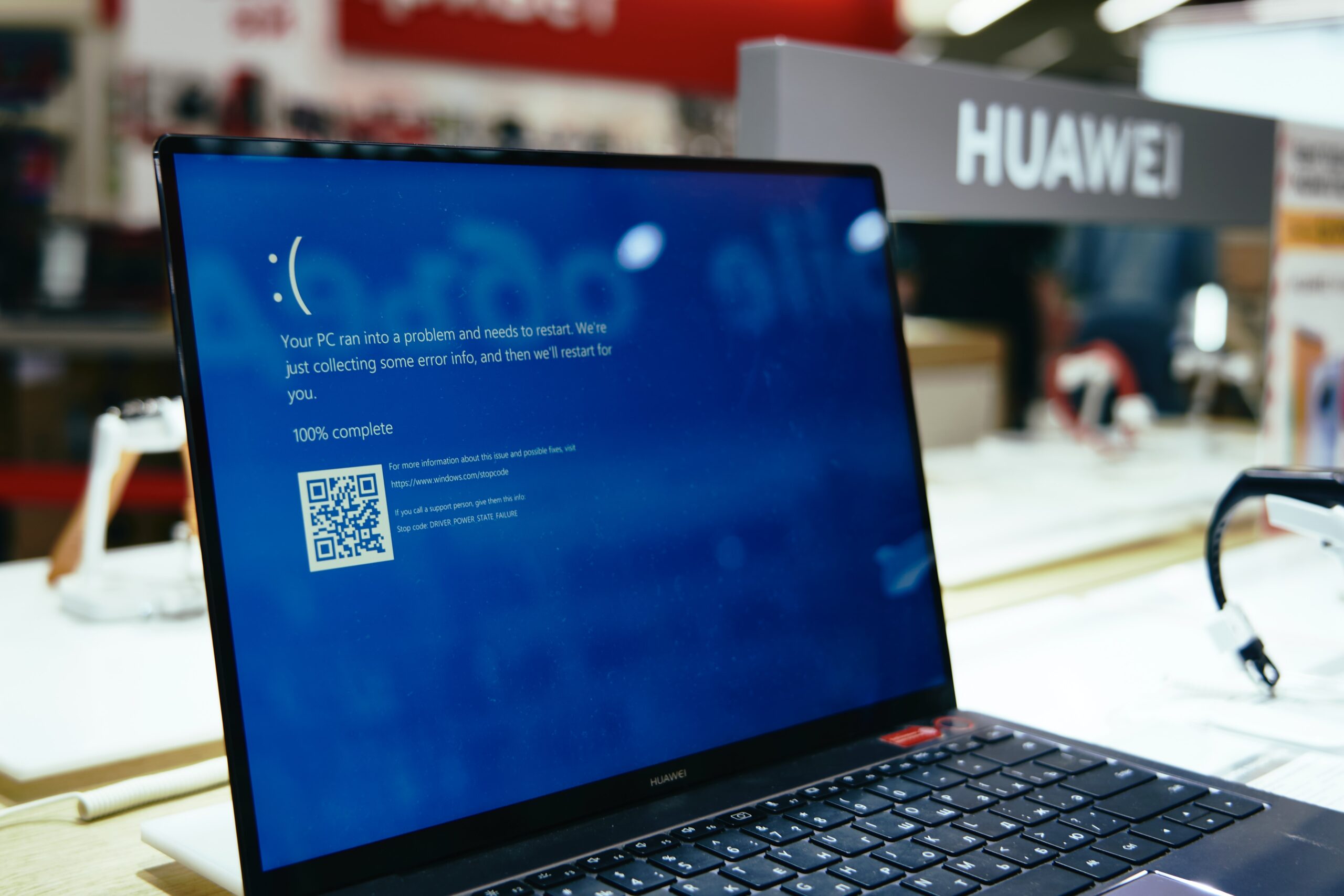The effects of light on our bodies can vary depending on the color spectrum. Blue wavelengths, beneficial during the daytime, can disrupt our sleep patterns at night.
With the increasing use of compact fluorescent and LED lights, which emit blue light, and the prevalence of blue light in smartphones, tablets, and laptops, it’s essential to understand how it affects our sleep.
A study conducted at Brigham and Women’s Hospital in Boston revealed that individuals who read e-books on light-emitting tablet screens for four hours before bedtime experienced several adverse effects on their sleep. They took longer to fall asleep, spent less time in REM sleep, had reduced secretion of melatonin (the hormone responsible for inducing sleepiness), and experienced a delayed circadian rhythm. As a result, they felt sleepier and less alert the following morning.
To mitigate the impact of blue light on your body clock, consider the following tips:
1. Expose yourself to plenty of bright light during the daytime to reinforce your natural circadian rhythm.
2. Use dim red lights as nightlights since red light less impacts sleep.
3. Avoid looking at bright screens, such as smartphones or computers, 2 to 3 hours before bedtime to allow your body to wind down for sleep naturally.
Being mindful of the type of light exposure you have, especially during the evening hours, can help you maintain a healthy sleep-wake cycle and overall well-being.

